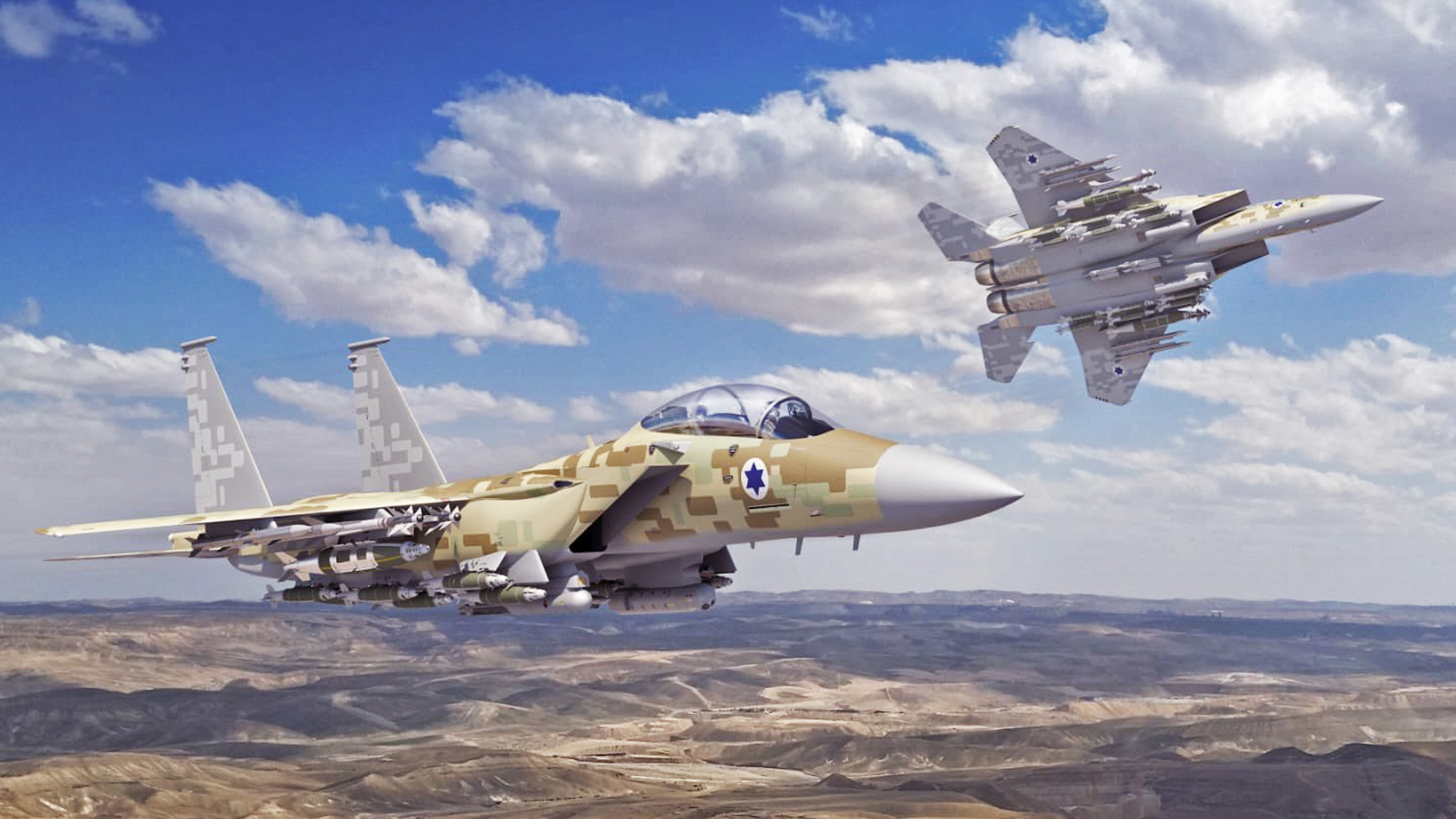Israel will buy 25 F-15IA fighters, marking the first new Eagles that the country has acquired since November 1995, when it ordered F-15I Ra’am jets. This summer, Israel had been given U.S. approval to buy as many as 50 F-15IAs, as well as upgrade its F-15Is as part of an overall package valued at $18.82 billion that you can read about here. Whether more F-15s or upgrades are added, the current wars in the Middle East mean that further acquisitions of combat aircraft are likely.
The Israeli Ministry of Defense announced today that it was buying the 25 F-15IAs at a cost of $5.2 billion. The ministry signed the contract with manufacturer Boeing yesterday, noting that an option remains to buy the other 25 jets.
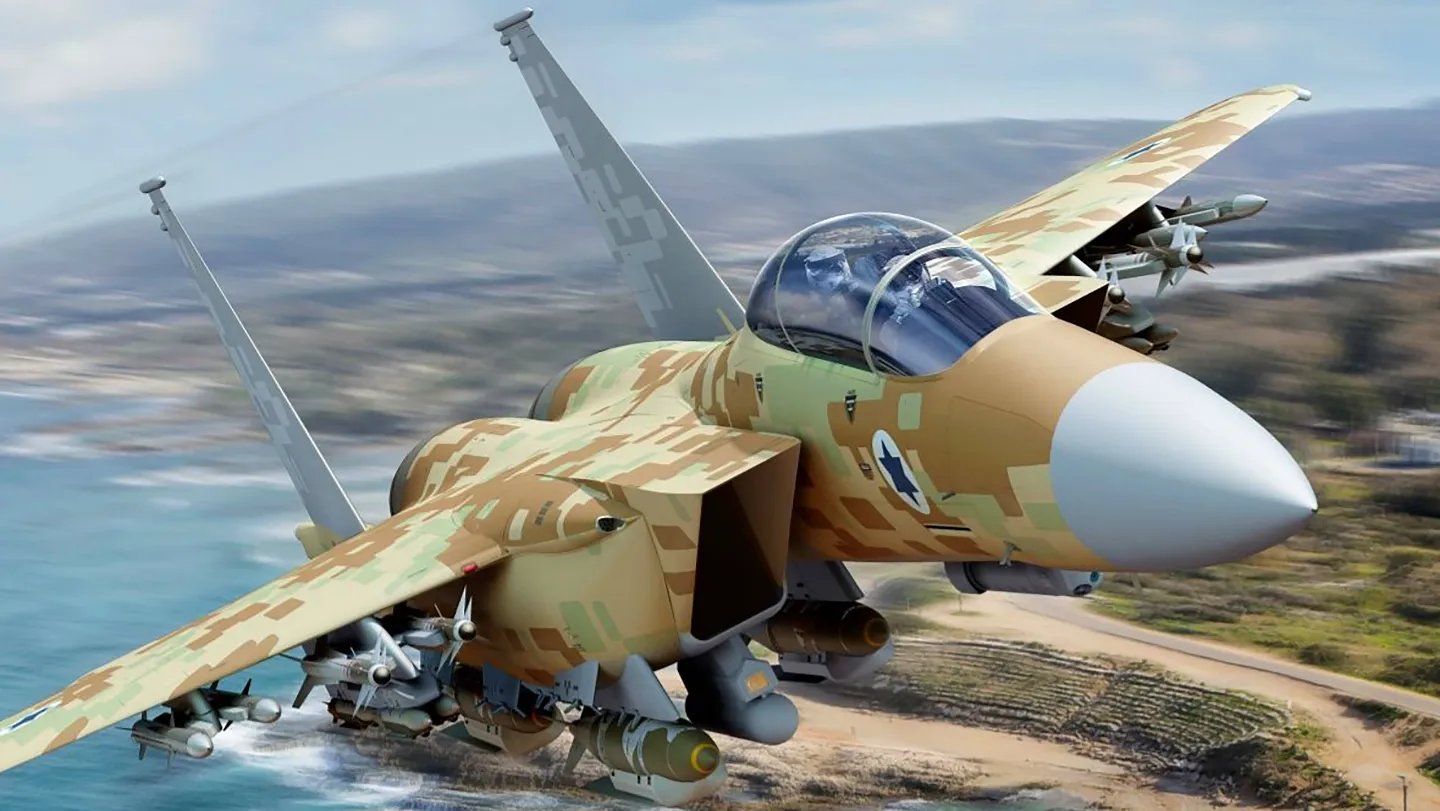
The Israeli Ministry of Defense confirmed that deliveries of the F-15IAs will start in 2031, with between four and six aircraft being supplied annually.
“This procurement marks a significant milestone in deepening the defense cooperation between Israel and the United States, reflecting their mutual commitment to regional security,” the Israeli Ministry of Defense said on X.

“The new F-15IA will be equipped with cutting-edge weapon systems, including state-of-the-art Israeli technologies,” the ministry added. “The upgraded aircraft will feature enhanced range capabilities, increased payload capacity, and improved performance across various operational scenarios.”
As we have discussed in the past, the F-15IA will be based on the F-15EX used by the U.S. Air Force.
Boeing and the U.S. Air Force have both heavily touted the aircraft’s range and stores-carrying capabilities as key features of the design. While this is seen as being particularly valuable for operations across the vast expanses of the Pacific with the U.S. Air Force, Israel has also long prized the Eagle for its ability to strike targets at long range with heavy loads of ordnance.
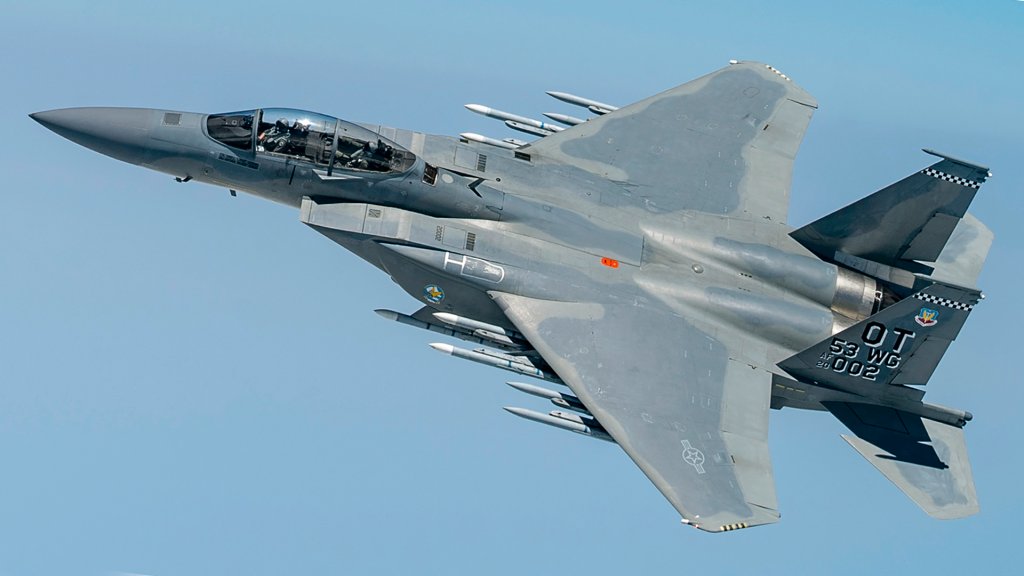
As for the weapons Israel will likely procure to arm the F-15IA, the official press release when approval for the sale was granted mentioned only AIM-120 Advanced Medium-Range Air-to-Air Missile (AMRAAM) launchers as well as the internal M61A Vulcan cannons. As it stands, the current F-15I Ra’am carries almost the entire range of Israeli Air Force air-launched weapons, defensive and offensive, and from U.S. and domestic production.
The ability of the F-15IA to potentially carry outsize weapons, including hypersonic missiles, as well as simply larger numbers of legacy weapons, is also something that will very likely be of increasing interest to Israel. The recent operations against Iran have demonstrated Israel’s expanding use of air-launched ballistic missiles, which would also be a perfect fit to arm the F-15IA.
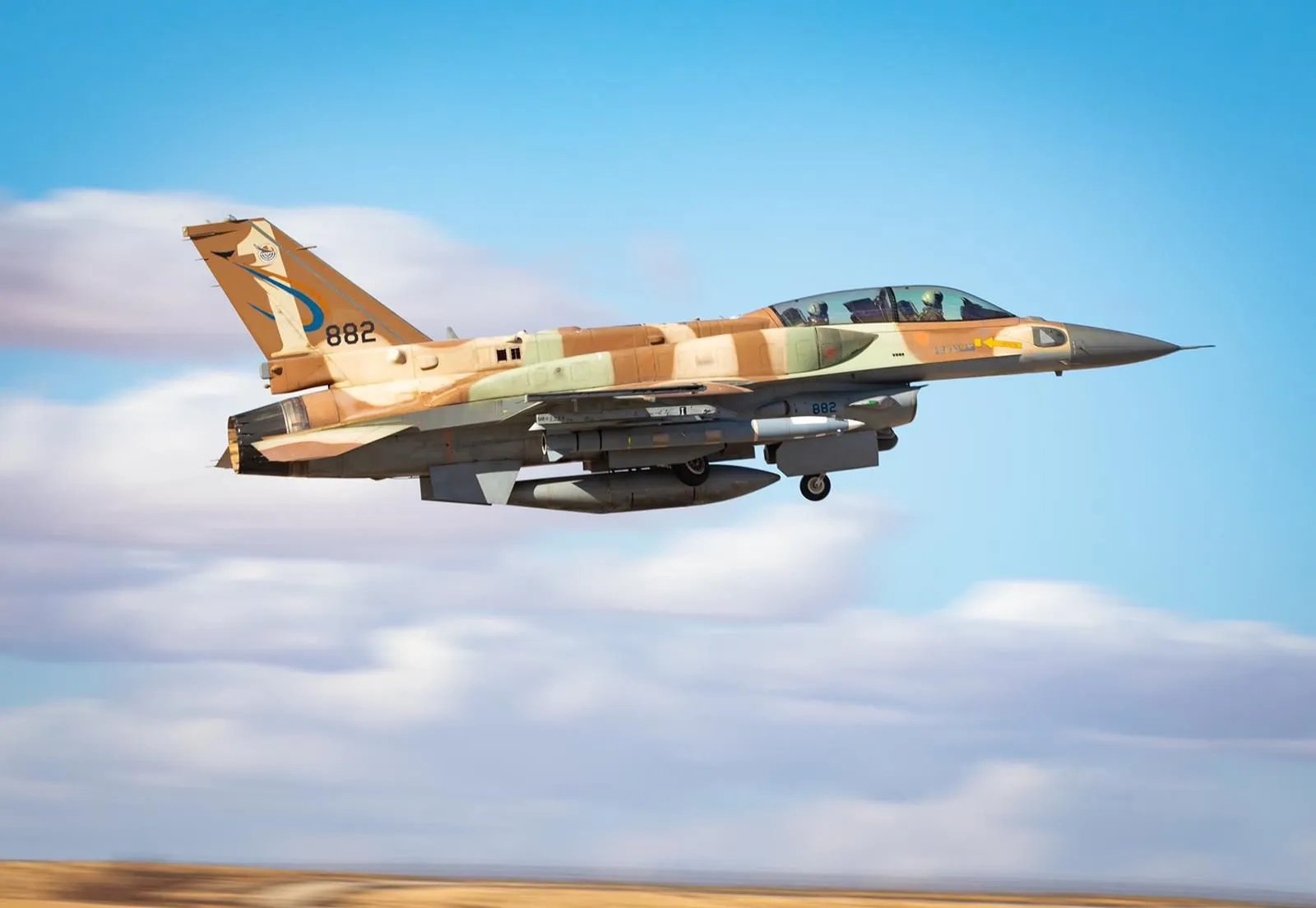
For the Israeli Air Force, the 25 F-15IAs will provide an additional Eagle squadron, which will double the number of strike-optimized F-15s available to the service. Currently, the 25 F-15I Ra’am jets serve with 69 Squadron “Hammers” at Hatzerim Air Base.
The Israeli Air Force also operates squadrons flying the older F-15A-to-D Baz, which operate in air-to-air and air-to-ground capacities, but which are by now very long in the tooth, having first seen combat as long ago as 1979. Successively upgraded, and also bolstered through transfers from U.S. Air Force stocks, these jets are stationed at Tel Nof Air Base, and you can read more about them here.
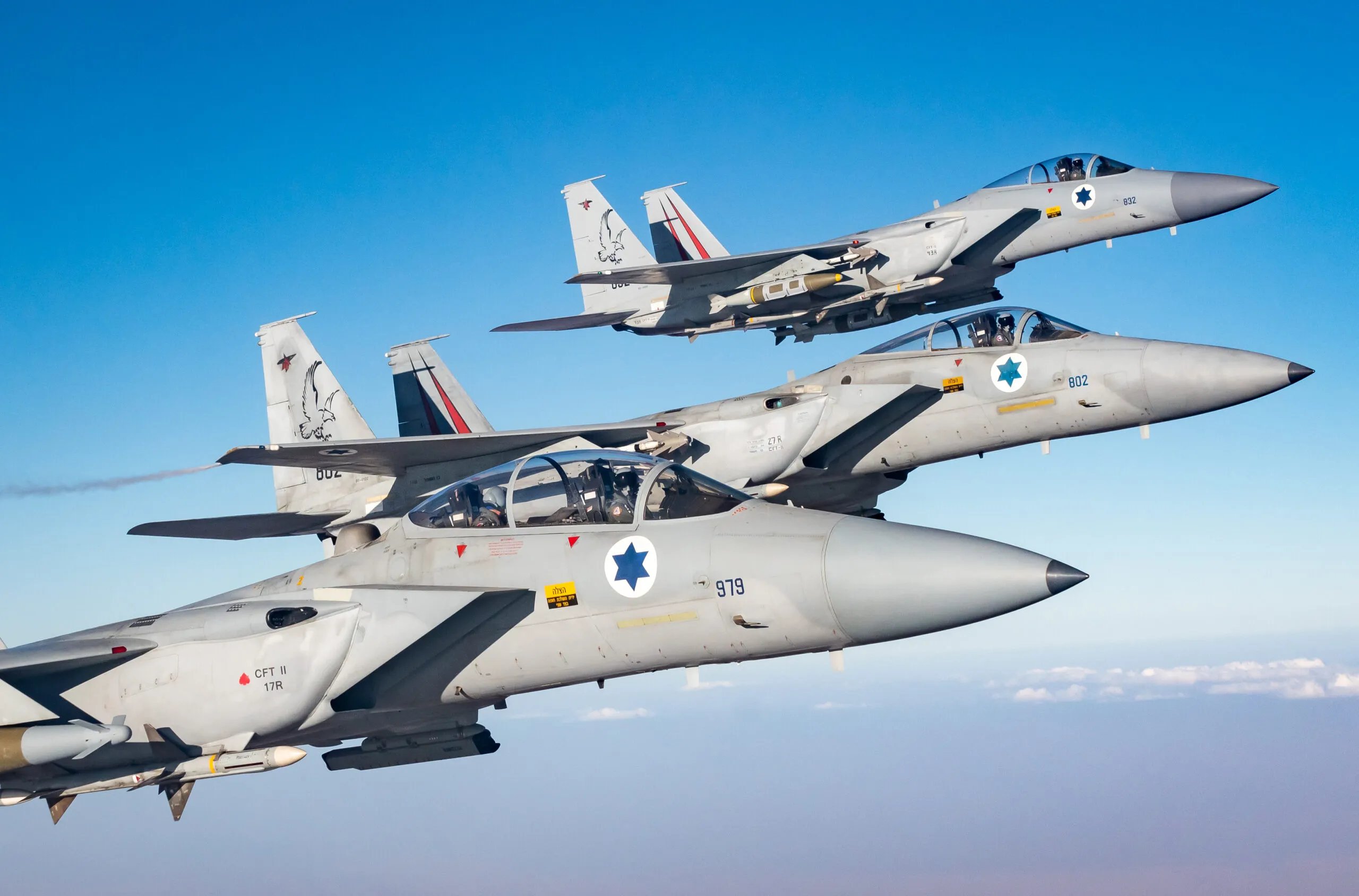
Israel’s continued demand for F-15s of any kind has seen the surviving Baz jets progressively upgraded to keep them in frontline service. Potentially, the incoming F-15IAs might replace one of the two Baz squadrons, but that remains unclear at this point.
There’s also the option to upgrade the F-15I Ra’am to a standard similar to the F-15IA — known as F-15I+ — although the Israeli Ministry of Defense didn’t mention the status of this in their announcement.
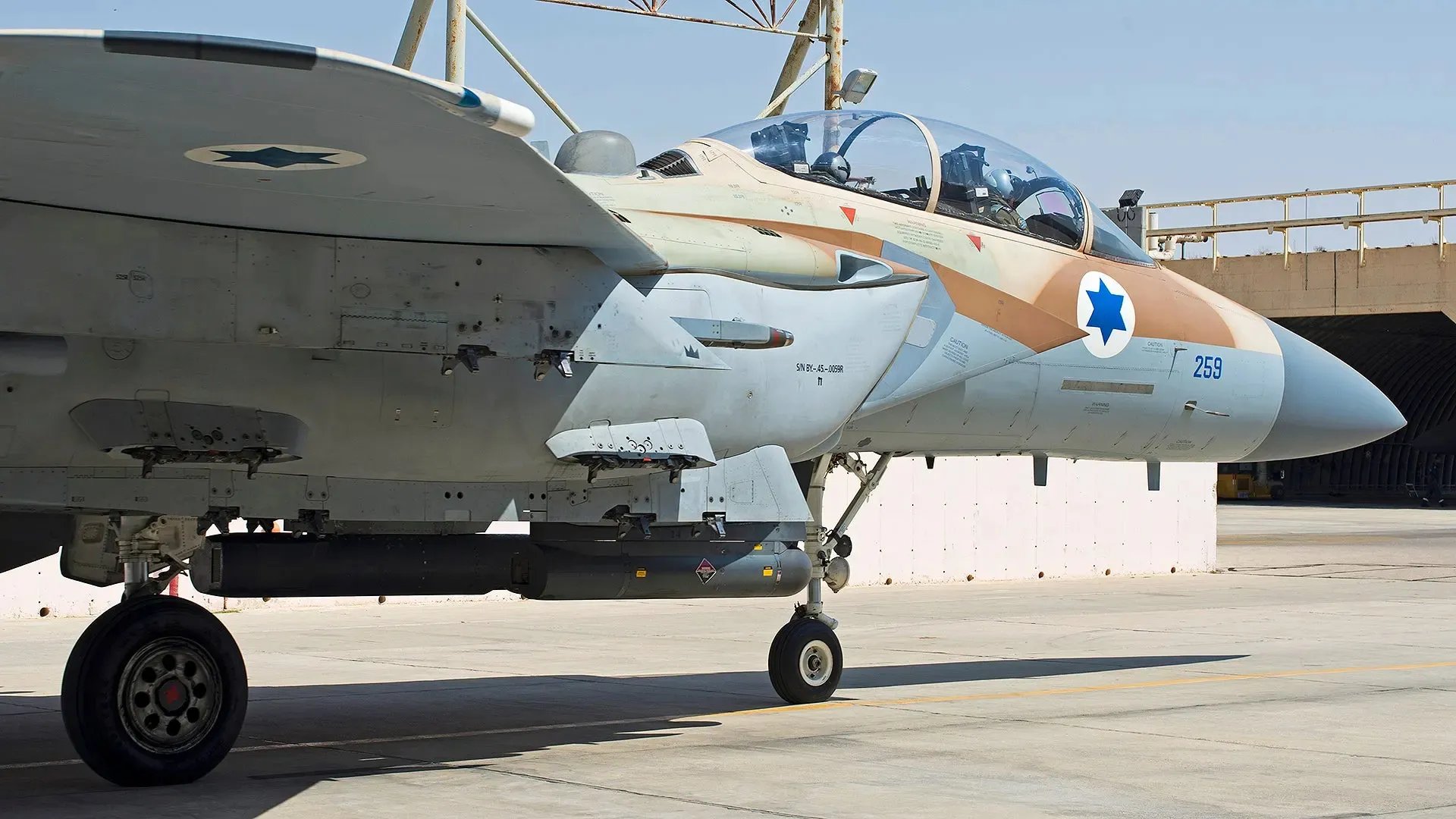
More generally, however, the F-15IA purchase is seen by Israel as an investment in long-term strategic capabilities, with these being under particular scrutiny right now as tensions with Iran continue to build, after several rounds of hostilities already this year. After all, the F-15 has — and will continue to be — Israel’s primary long-range strike weapon.
“The Ministry is executing a comprehensive strategy to enhance the IDF’s operational capabilities,” said the director general of the Israeli Ministry of Defense, Maj. Gen. (res.) Eyal Zamir. “We have secured procurement agreements worth nearly $40 billion since the onset of the war,” Zamir said, referring to the conflict that began in the Middle East after the surprise attack on Israel by Hamas militants on October 7, 2023.
Also part of this longer-term strategy of enhanced military capabilities is the purchase of a third squadron of F-35I Adir stealth fighters, earlier this year. An agreement for that deal was signed in June this year. Covering 25 F-35Is worth approximately $3 billion. This will expand the Israeli Air Force Adir fleet to 75 aircraft. The latest batch will begin to be delivered in 2028.

Buying the F-15IA and F-35I will provide the Israeli Air Force with two complementary platforms, both of which are among the most capable anywhere in the world, especially when it comes to long-range strike. Israeli F-15s, in particular, are also used for forward networking and command and control nodes, vital for managing long-range operations. On the other hand, both the F-15IA and F-35I are also more than efficient for air defense, including against drone threats, as well as air-to-ground operations closer to Israel, such as the ongoing conflicts in Gaza and Lebanon.
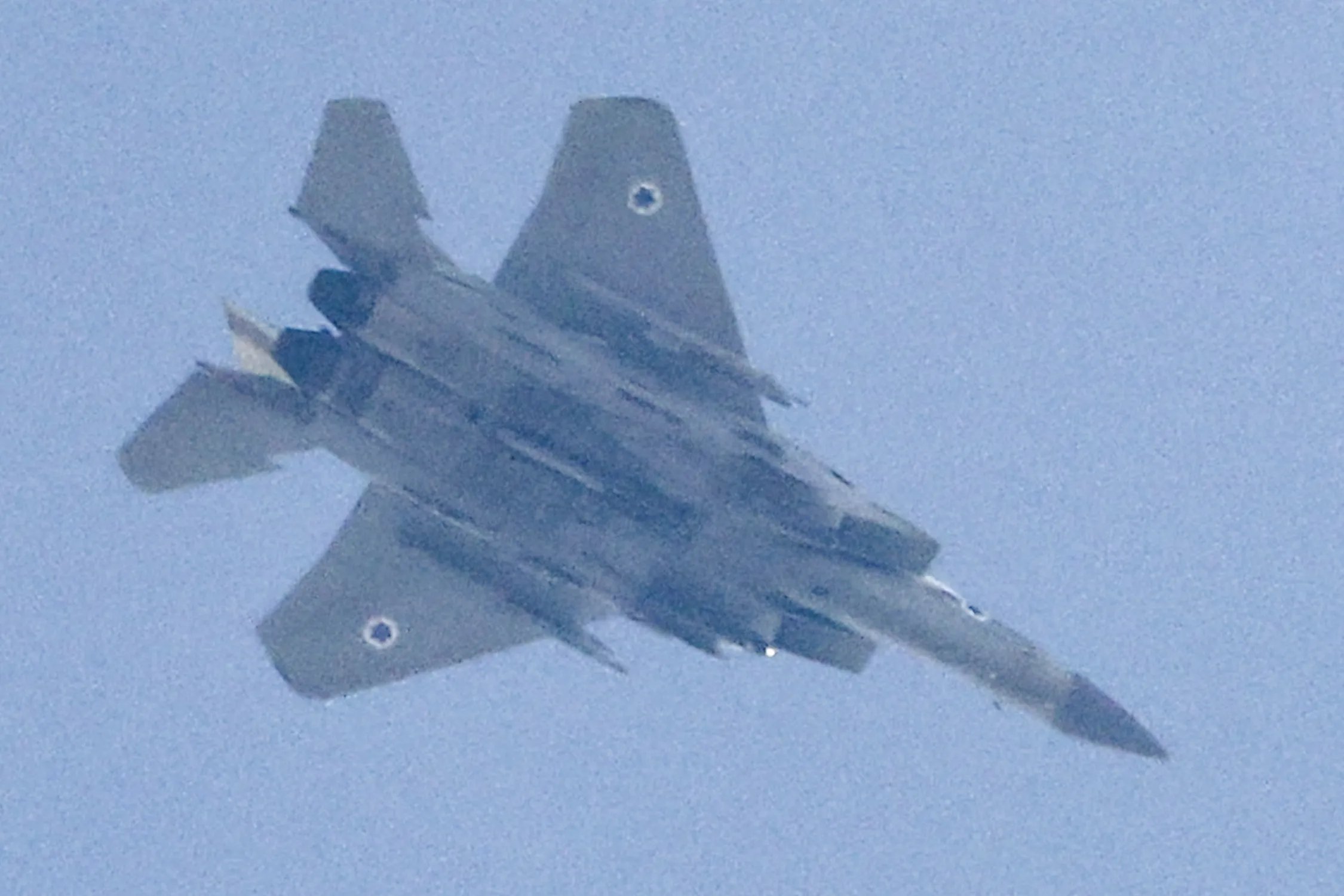
Together, the Israeli Ministry of Defense described the joint F-15IA and F-35I acquisitions as “a historic enhancement of our air power and strategic reach — capabilities that proved crucial during the current war.”
That last statement would appear to be a direct reference to the Israeli Air Force’s retaliation strike on Iran last October 26, which came in response to Iran’s massive October 1 missile barrage on Israel. The Israeli strikes appear to have involved both F-15I and F-16I fighters, which largely launched exclusively standoff strikes from outside Iranian airspace.
Of course, Israeli interest in buying more F-15s goes back many years, but the developing security situation in the Middle East seems to have prompted a decision to finally be made.
The sale of 25 F-15IAs was obviously welcomed by Boeing.
“Boeing takes pride in its longstanding partnership with Israel, a relationship that dates back to our nation’s establishment,” said the President of Boeing Israel, Maj. Gen. (ret.) Ido Nehushtan.
While Boeing is now building F-15EXs for the U.S. Air Force, that service is currently looking to buy 98 of the jets, so another batch of 25 F-15IAs is significant. It could also help secure further export orders. Indonesia has formally committed to buying up to 24 Advanced Eagles, but the deal is yet to be signed off by the U.S. government, while Poland has also been earmarked as a potential customer.
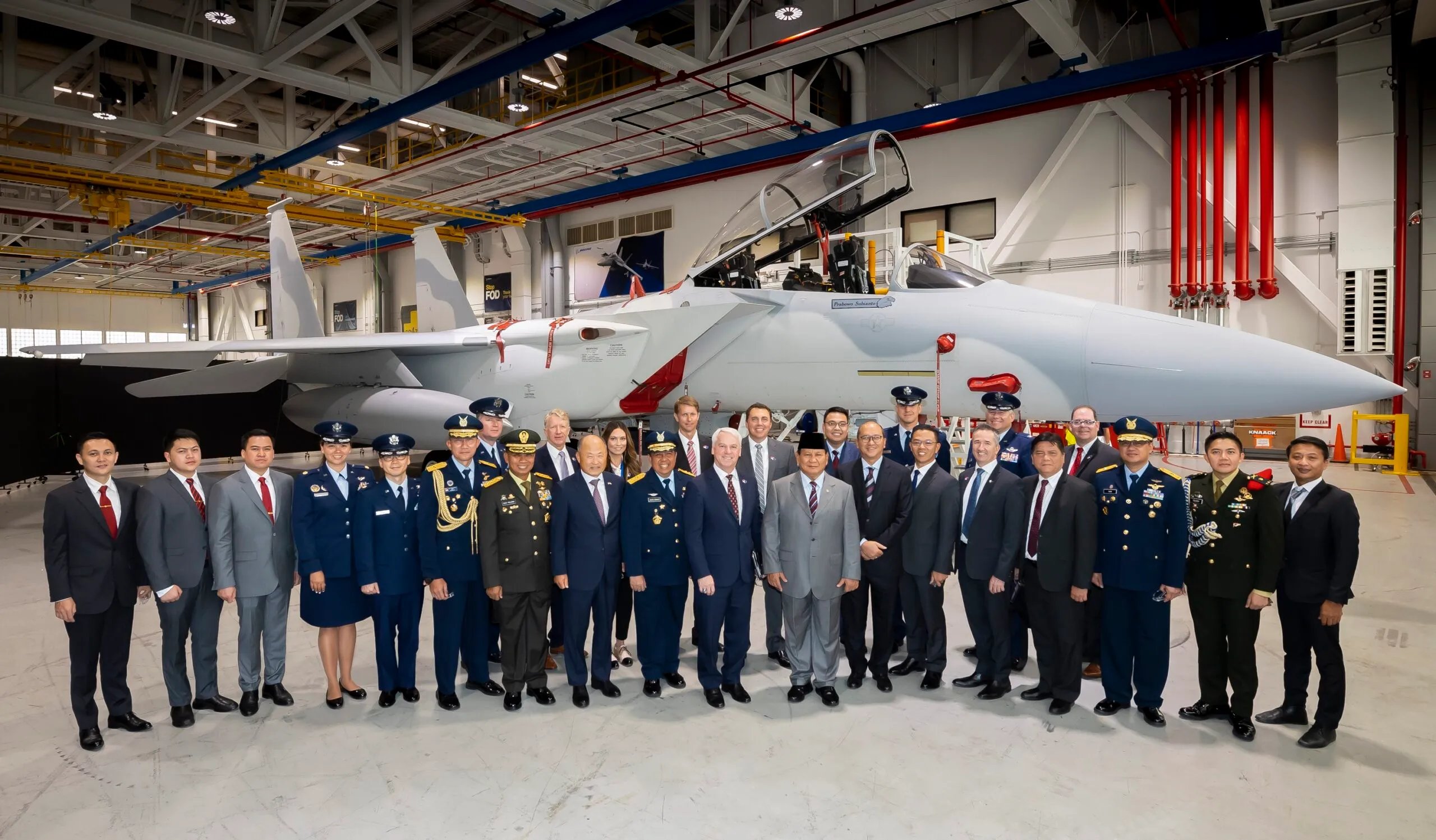
There is also growing speculation that Israel could be poised to buy more AH-64 attack helicopters from Boeing. Much has been made of the efforts of a handful of Israeli Air Force AH-64s to intervene on October 7, 2023, and it seems increasingly attack helicopters, rather than drones, are being seen as critical to counter any such incursions in the future. The Apaches have meanwhile become an important tool to deal with hostile drone incursions into Israeli airspace, too.
Long before October 7, the Israeli Air Force had been pushing to acquire another 40 of the latest AH-64E versions and earlier this year, it was reported that the sale of 12 AH-64Es was being discussed between the Israeli Ministry of Defense and officials from the Pentagon and U.S. State Department.
When asked recently about a potential Israeli AH-64E order, a Boeing spokesperson told TWZ that they “suspect that we will see additional requests coming in from Israel for these capabilities.”
For the time being, the F-15IA is headed to Israel, with the announcement of a formal order. With the Israeli Air Force facing current and future challenges in the Middle East, it’s no surprise that the tried and tested Eagle has been selected to help the country maintain its tactical superiority in the region.
Contact the author: thomas@thewarzone.com
